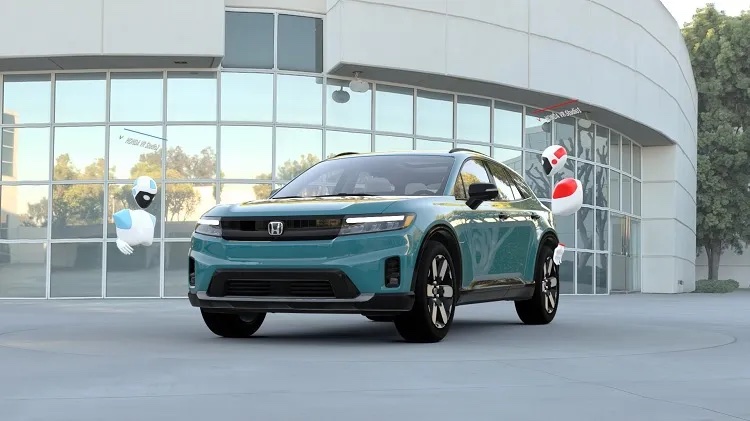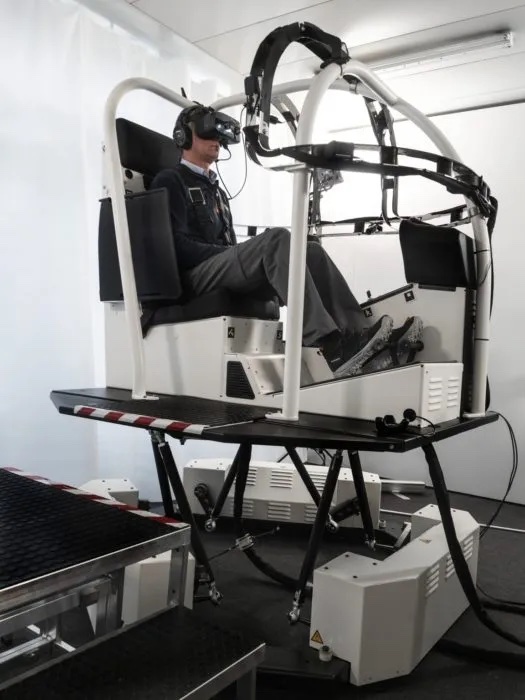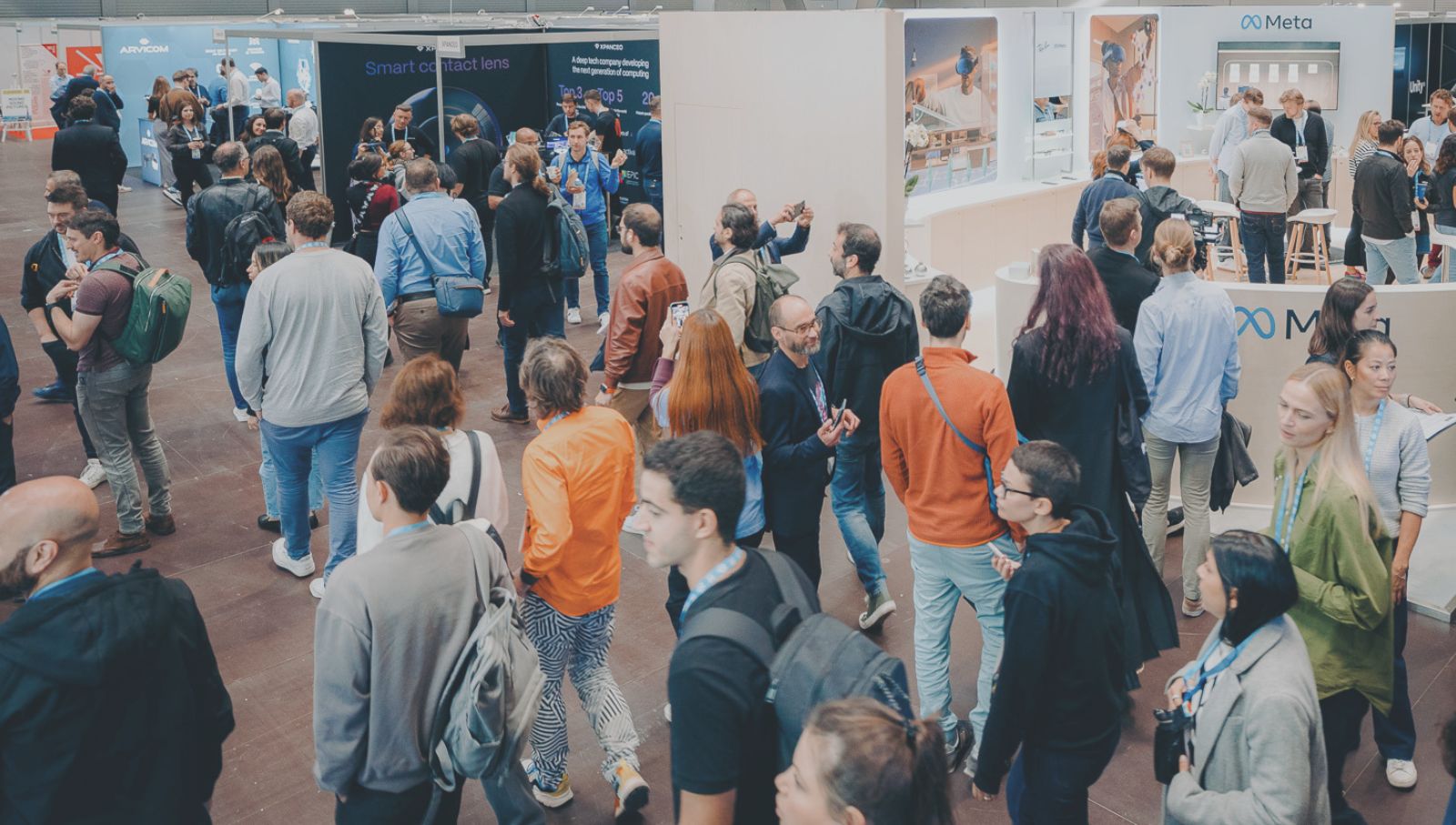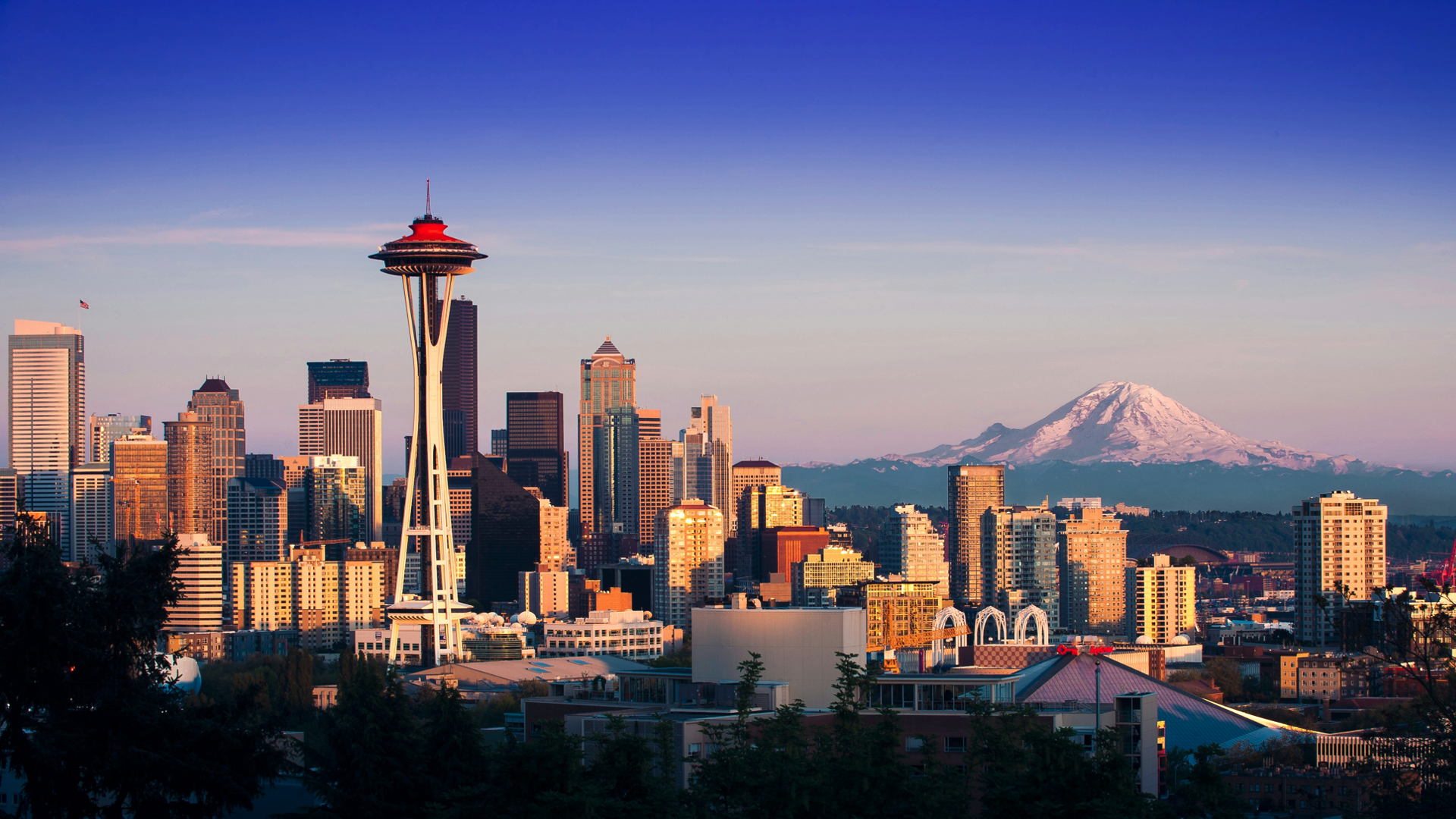As we begin another cycle around the sun, we can look back on 2022 as both an impressive year for technological advancement, but also as a concerning year for climate change. NASA launched the first major spaceflight of its Artemis program aimed at returning humans to the surface of the moon, and China saw its worst heat wave in history. Scientists inched ever closer to achieving nuclear fusion, whilst Australia and Pakistan both saw devastating floods that affected millions of people.
As we look towards the future, humankind’s propensity for innovation will continue to provide the world with technological solutions for the challenges that we face – climate change included. Included in many of these solutions will no doubt be XR technology, which is helping to transform the way we live and work. Virtual, augmented and mixed reality all have the potential to revolutionize industries and improve our daily lives in countless ways.
In fact, XR technology is already helping to save the world right now! From healthcare and education to architecture and the military, XR is being utilized to solve problems, improve efficiency, and create new possibilities. In this post, we will look at five ways in which XR technology is already helping to save the planet, whether by improving operations and workflows, reducing material waste, or cutting down on travel costs.
#1. Augmented Reality for Remote Assistance
Augmented reality (AR) technology has the potential to reduce the environmental impact of certain activities, particularly those that involve travel, thanks to the fact that it allows users to collaborate and work together remotely, rather than having to be physically present in the same location.
This feature is generally referred to as “Remote Assistance,” and several businesses and organizations around the world have been using the technology for many years. Especially businesses that operate on a field service model in order to provide product support to their customers.
For example, if a technician or engineer needs to repair a piece of equipment at a remote location, they can use AR to receive real-time assistance from a colleague or expert who is located elsewhere (aka a “remote expert”). This centralization of remote experts and product knowledge keepers in a single location can help to reduce the need for experts to travel, as they can instead guide regular service technicians or engineers through complex processes remotely. This ultimately helps to reduce the carbon emissions associated with transportation and travel from service visits.
AR remote assist is also helping to minimize waste by allowing technicians to quickly and accurately diagnose problems and determine the best course of action, rather than having to make multiple trips or try multiple solutions. Plus, the ease and speed in which issues can be detected and resolved through remote assistance is now making it less economically viable for companies to simply fully replace problematic equipment or assets. Instead, AR diagnosis and repair is providing organizations with a viable and more environmentally friendly option of repair, instead of replacing entirely. This can ultimately lead to a reduction in the amount of time and material resources that are either wasted on ineffective repairs, or by saving equipment entirely that would have otherwise been discarded.
Overall, AR remote assistance is a great tool for helping organizations reduce the environmental impact of activities that require collaboration and support from multiple people, as it enables people to work together more efficiently and effectively without the need for unnecessary travel.
Example: CareAR Assist
#2. Virtual and Mixed Reality for Virtual Collaboration
In a similar way that AR provides remote assistance and collaboration options for field workers on site, virtual and mixed reality (VR/MR) technology have the potential to contribute to environmental sustainability by doing the same thing, with the only difference being that nobody in the collaborative equation needs to travel at all in order to complete a task.
VR provides the perfect solution for remote meetings, as well as remote training and knowledge transfer via a VR headset. Popular in design-based industries (e.g. automotive design, AEC, product development, and many more), VR enables designers, product specialists, and any other stakeholders involved in the design process to meet virtually and review products or projects in a virtual environment and work together without the need to be physically present in the same location.
Similarly, with training or for the onboarding of new employees, rather than companies requiring people to travel to a physical location to receive in-person training, many organizations have turned to VR in recent years to support, or in some cases entirely replace their traditional in-person training methods with virtual reality alternatives. This saves on staff travel requirements, and even the need for dedicated training facilities, which all have their own carbon footprint.
Again, as with AR, this use of VR technology can help to greatly reduce carbon emissions as it either helps to drastically reduce travel requirements, or even replaces the need for travel entirely.
Example: Varjo & Kia
#3. VR for Product Design & Saving Materials
Just as VR has demonstrated its value as a collaborative tool during the design process, which ultimately helps to reduce travel emissions, the technology is also being used to significantly reduce the use of physical materials and products in a variety of industries.
By providing an immersive, digital environment for product designers to work in, VR is enabling designers to prototype, test, and iterate on their designs without the need for consuming physical materials.
One of the major benefits of using VR in product design is that it allows designers to make changes and improvements to their designs in real-time, without the need for costly and time-consuming physical prototyping. With VR, designers can quickly and easily test out different design options, making it easier to find the best solution for a given problem.
VR is already helping designers to save on cost and reduce environmental impact by enabling them to work with digital models instead of physical prototypes, which require the use of materials such as plastic, metal, and wood. This also reduces the number of physical prototypes and waste generated during the design process, as changes and improvements can be made almost instantaneously in a digital or virtual environment.
Example: Honda EV Design
 Image Source: Honda
Image Source: Honda#4. Enhancing Environmental Education and Awareness through XR
Both AR and VR technology are being used to create immersive and interactive experiences that are helping to educate people about environmental issues and the importance of sustainability.
Whether in the form of immersive, 360 degree educational video content that places users in the center of an environmental-themed educational lesson, or through a WebAR experience that users can access through their smartphones to learn about, XR offers endless possibilities when it comes to providing unique, engaging and memorable experiences that can help people better understand the impacts of climate change.
Example: UN Environment Programme (UNEP) - Experience your carbon footprint in VR
#5. VR & MR for pilot training
According to the EPA, the transportation sector was the single biggest contributor to greenhouse gas emissions in 2020, responsible for 27% of emissions. The airline industry is of course a huge contributor to this figure, and is a constant global source of air pollution.
Virtual reality is now being used as a tool to help reduce carbon emissions from airplanes by providing a more efficient and environmentally friendly way to train pilots. Traditional pilot training often involves extensive travel and the use of physical aircraft, which can be both costly and carbon-intensive. By using VR to simulate different scenarios and environments, pilots can gain the skills and experience they need to safely operate aircraft without the need for costly and carbon-intensive travel.
Another benefit of using VR to train pilots is that it allows them to experience a wide range of scenarios and environments without the need to physically travel to different locations in order to experience specific conditions, thus helping to greatly reduce travel requirements.
On top of this, VR is increasingly being used as a way of improving the efficiency of pilot training, and is becoming accepted by more aviation authorities and industry safety regulators as a viable tool for accredited pilot training. With VR, pilots can practice and hone their skills in a simulated environment, allowing them to learn and improve at a faster rate. More airlines are using the technology to help to reduce the amount of time and resources required to train pilots, which will ultimately lead to a more sustainable and cost-effective training process overall.
Thanks to continuing advancements with both VR and MR technology in terms of the level of realism that they are able to provide, more pilots and organizations are turning to XR solutions as a legitimate and safe way to gain the skills and experience needed to safely operate aircraft, all whilst simultaneously reducing the environmental impact of the training process.
Example: Varjo & VRM Switzerland

While XR technology alone is not a solution to the environmental challenge posed by climate change, it does have the potential to play a role in promoting sustainability and helping to protect the planet.
With this in mind, we are excited for things to be moving forward with AWE’s XR Prize Challenge: Fight Climate Change. Submissions that have made it through to the MVP (minimum viable product) stage of the competition will be hearing from us soon with instructions on how to proceed with their entries. We would like to thank everyone who submitted their projects for consideration – it has been truly inspiring to hear from so many individuals and companies that are passionate about saving the planet by tackling climate change through the use of AR, VR and MR.
Our mission at AWE has always been to help the XR community advance augmented and virtual reality technology in order to further human progress. The problem of climate change will not go away on its own, and if the problem persists, it will become increasingly difficult for humankind to progress. The XR Prize Challenge is therefore a step in the right direction to promote the use of XR to solve one of humanity’s biggest problems, and we hope that it will foster a sense of inspiration among AR and VR technologists and bring the community together to help save the planet.
For more information on the XR Prize Challenge and to follow the progress of MVP submissions and finalists, click here.



